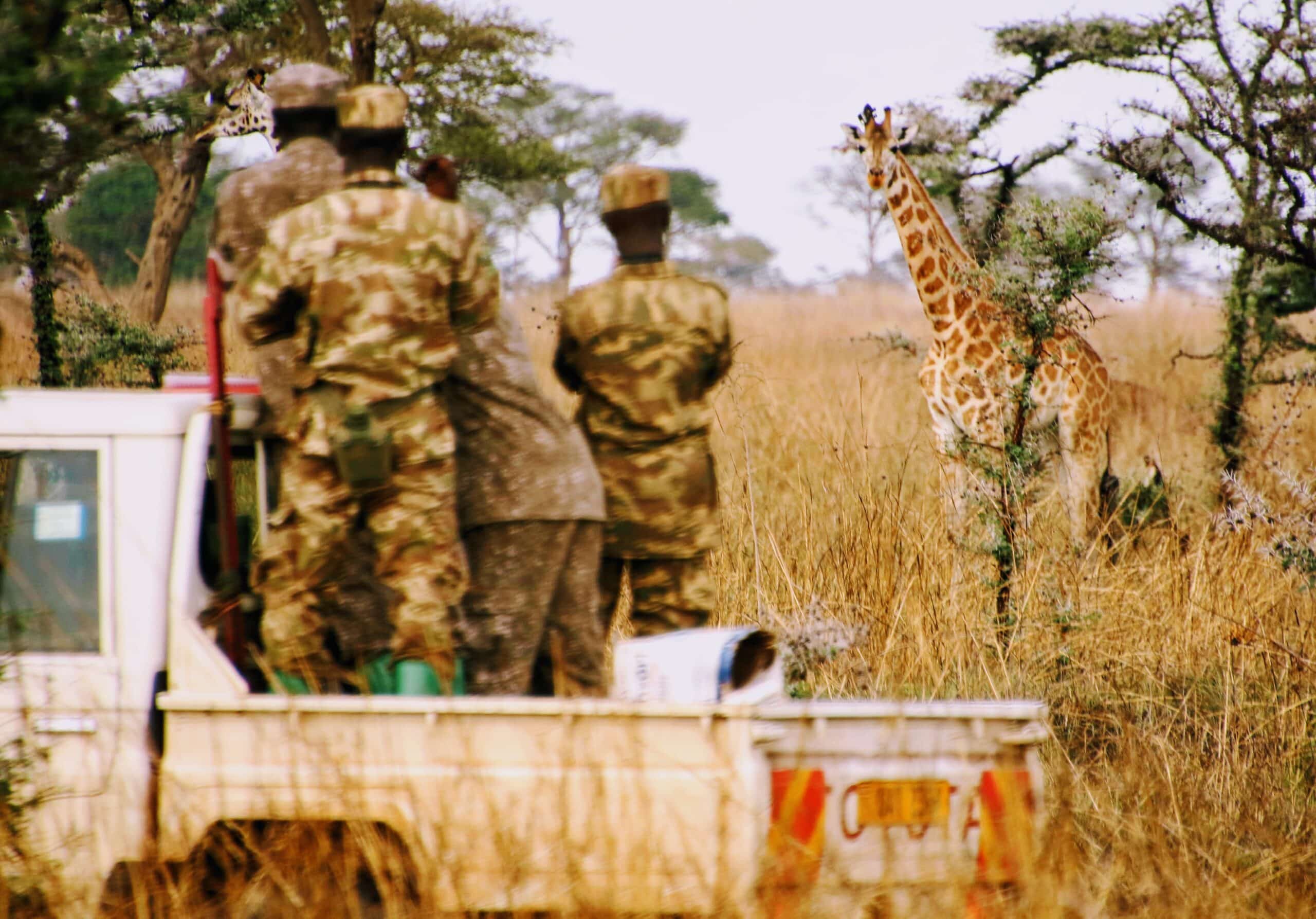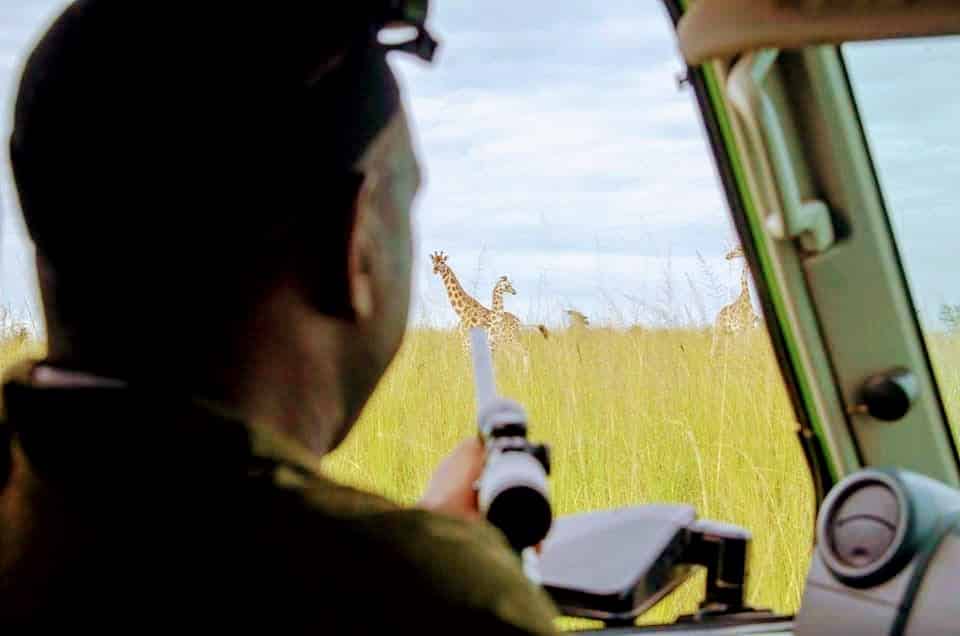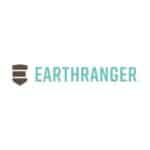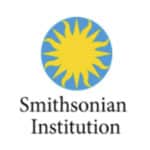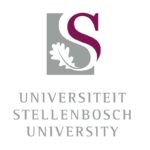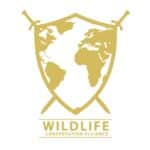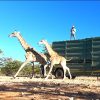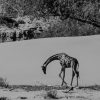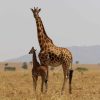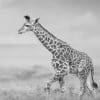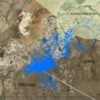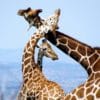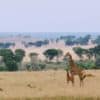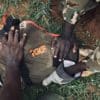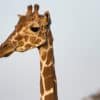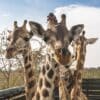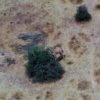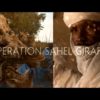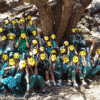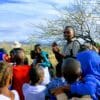The Twiga Tracker initiative is the largest GPS satellite tracking study ever conducted on giraffe.
To conserve giraffe and the diverse ecosystems they inhabit, we need to better understand where giraffe move, how much space they need, and how they utilize their habitats across a range of different environments.
From the hyper-arid deserts of northwestern Namibia to the mesic savannahs of western Uganda to the semi-arid scrub of northern Kenya and the Sahelian savannahs of Niger, this ambitious continental scale programme joins partners from across the globe to better understand giraffe movements throughout their range. By understanding giraffe spatial ecology across Africa, GCF is developing innovative conservation strategies for protecting giraffe and their habitats.
Download the latest Twiga Tracker Tagging Report from
Akagera National Park in Rwanda.
Download the latest Twiga Tracker Tagging Report from
the Amboseli Ecosystem in Kenya.
Download the latest Twiga Tracker Tagging Report from
the Masai Mara Ecosystem in Kenya.
Download the latest Twiga Tracker Tagging Report from
Zakouma National Park in Chad.
Download the latest Twiga Tracker Tagging Report from
Boma and Badingilo National Parks in South Sudan.
Merging cutting edge technology with the best available scientific analyses, GCF is spearheading this groundbreaking study of giraffe movement ecology. To date, GCF has tracked nearly 300 giraffe – representing all four species – across 12 different countries. The ambitious scope of this study and innovative approaches required to conduct research at this scale necessitates collaborative approaches with the leading conservation researchers and practitioners.
GCF continues to work with different manufacturers of GPS tracking technology to design units optimised for tracking all species of giraffe. The current versions of these tracking devices are smaller than a deck of cards and feature solar panels for recharging. The units link to satellite or local data transmission networks to relay the recorded locations of the tracked giraffe to any Internet linked device.
Using the data collected from the GPS requires sophisticated analytical techniques, so GCF has partnered with leading research institutions like the Smithsonian Conservation Biology Institute and other partners to develop rigorous scientific studies to learn more about how giraffe interact with their habitats. Using cutting edge geospatial analyses in association with satellite imagery, GCF and affiliated researchers are investigating how giraffe interact with their environments across space and time. Looking at giraffe habitat use at the landscape scale provides key insights into valuable resources for giraffe and will help to guide conservation initiatives throughout Africa.
The real-time visualisation of giraffe movement data provides a valuable tool to conservation managers and rangers on the ground. GCF and partners have developed specialised computer applications to access and visualise the latest locations of giraffe from laptop or smart phones in the field. These tools have already proven valuable in Uganda and Namibia, allowing field teams to easily track giraffe as part of post-translocation monitoring programmes. These data are critical to monitoring efforts on the ground and are freely shared with wildlife authorities in the range states.
Throughout the entire giraffe tracking process, animal welfare is paramount. To ensure that all procedures are done in accordance with best practice guidelines, GCF works with the foremost wildlife veterinarians in Africa. The method of fitting the GPS units to the giraffe has been approved independently through Institutional Animal Care and Use Committees (IACUCs) from the Smithsonian Conservation Biology Institute, San Diego Zoo Wildlife Alliance and GCF’s own, which is headed by an independent veterinarian. It is also important to note that all permits and approvals from our African government partners are obtained prior to all our operations. GCF is also instrumental in developing capacity with host country wildlife veterinarians by facilitating workshops and training among wildlife veterinarians in immobilisation and animal handling protocols.

